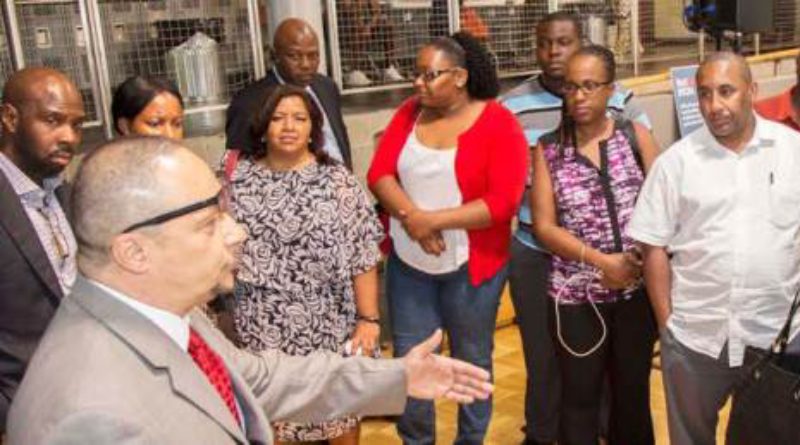Safety: A Call to Action

NYCHA’s safety program has now been in effect for four years. In that time, much has been accomplished: Every property management department has its own safety congress that meets once a month; most developments and skilled trades have identified a safety associate; “Make It Safe” activations are taking place; numerous safety-related standard procedures have been published; and our fourth Safety Symposium will take place in late June.
While these accomplishments are great, we still need more employee involvement in promoting safety at NYCHA. There are three areas in which this can be achieved:
• Safety awareness—identifying what’s safe and what’s not in your workplace and finding the solutions to make it safe;
• Safety teams—working with your department or development’s safety associate to identify and eliminate hazards; and
• Safety training—attending scheduled safety training and implementing safety practices.
Safety Awareness
Are the extension cords in your office frayed? Is there a constant stoppage in your basement? Is the safety switch on the compactor not working properly? Are you using a swiveling desk chair to get to the files on the top shelf?
All of these scenarios can result in an on-the-job injury. Although some solutions require an outside vendor, many safety solutions can be quickly addressed by meeting with your supervisor and co-workers to find solutions to hazards.
Safety Teams
Most developments and some departments have a safety associate to help identify hazards, meet with staff to hear their safety concerns, and articulate those concerns to supervisors and at monthly safety congresses. Consider helping the safety associate establish a safety team for your location.
Safety Training
The Office of Safety and Security now provides safety training. The first required classes being scheduled are New Employee Safety Orientation, Safety Refresher for Supervisors, and the Confined Space program. One way you can participate in safety enhancement is by attending the classes as scheduled. You can also further safety by implementing and practicing the safety protocols shared during these training classes. Passing on safety knowledge is a powerful tool in helping to eradicate or minimize workplace hazards.







